What is the principle of the circumcision stapler
source:www.villmen.com | Release time:2025年05月28日1、 Basic structure and key components
The stapler usually consists of the following parts:
1. Anchor seat: used to support and fix the anchor to avoid damaging the urethra during cutting.
2. Cutting blade: a circular blade hidden in the nail compartment, which can cut excess foreskin at once when triggered.
3. Nail compartment: Built in circular arrangement of anastomotic nails (mostly titanium nails or absorbable materials), cut and release the anastomotic nails at the same time, and suture the wound on the inner and outer plates of the foreskin.
4. Firing device: Apply pressure through a handle or knob to drive the blade and nail compartment to interlock.
5. Adjustment knob: used to adjust the length of circumcision and control the tightness of the anastomosis.
2、 Working principle and surgical procedure
1. Preoperative preparation
After local anesthesia, insert the nail socket into the foreskin, wrap the nail around it, and fix it (similar to a "hat shaped" support).
Adjust the position of the foreskin so that the excess part is exposed outside the nail seat, and set the cutting range by adjusting the knob.
2. Cutting and matching are completed synchronously
The surgeon tightly grips the stapler handle and triggers the firing device:
Cutting process: The circular blade pops out of the nail compartment and cuts off excess foreskin at once along the edge of the nail seat.
Matching process: As the blade advances, the matching nails in the nail compartment are pushed out, and the cutting edges of the foreskin inner and outer plates are fastened together with uniform spacing and force (similar to the principle of a stapler).
The entire process usually takes only a few seconds to a dozen seconds, with minimal bleeding and correct operation.
3. Postoperative recovery
The anastomotic nail plays a temporary suturing role and can self detach about 1-4 weeks after surgery (some absorbable nails do not need to be removed), and the wound gradually heals.
The remaining small amount of nail marks will fade over time, and the scars will be more neat than traditional sutures.
prev:
Briefly describe the characteristics of disposabl…
next:
A brief introduction to disposable semen delivery…

 English
English
 18915600208
18915600208
 微信号:
微信号:

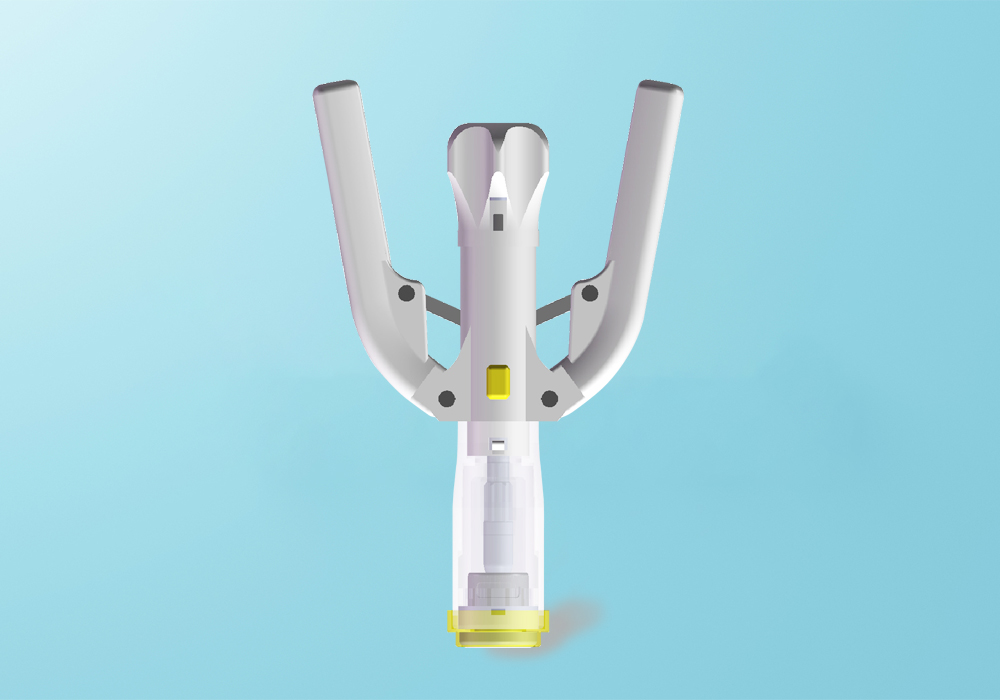
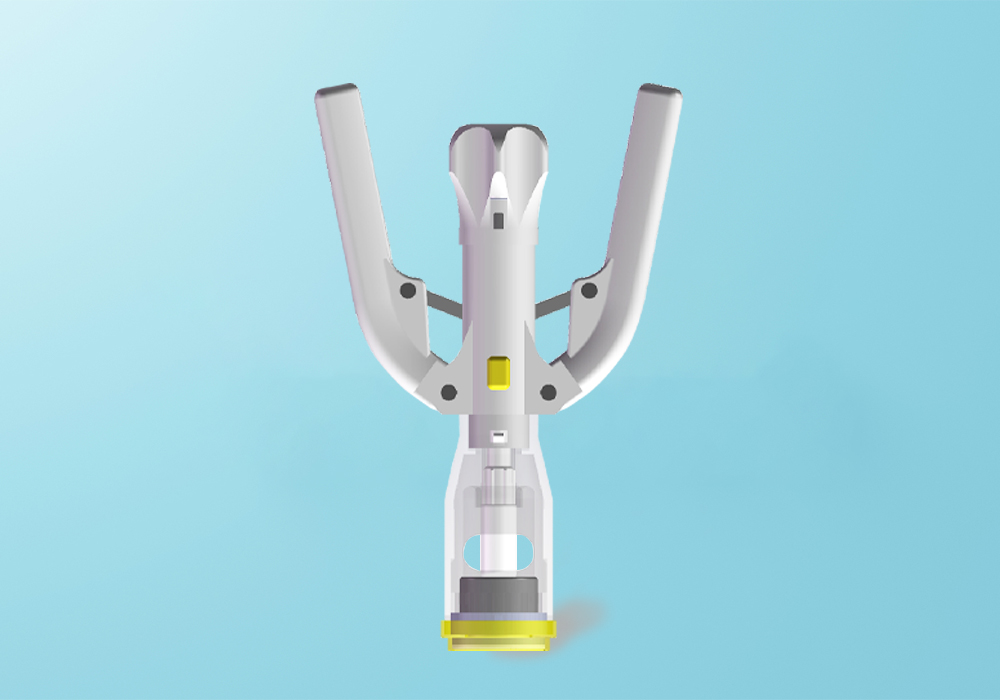
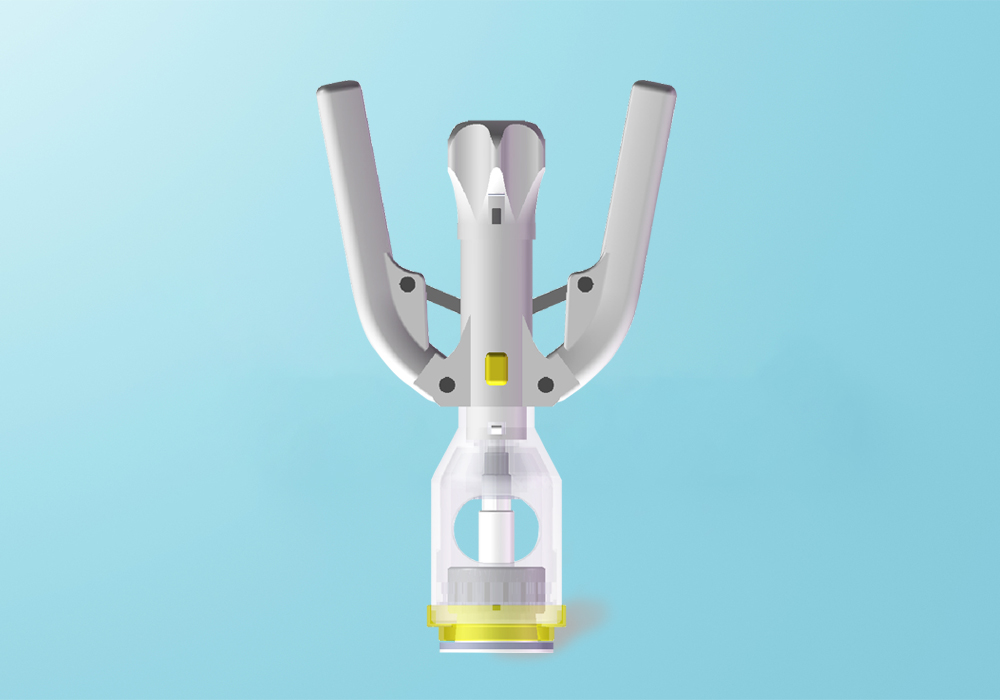
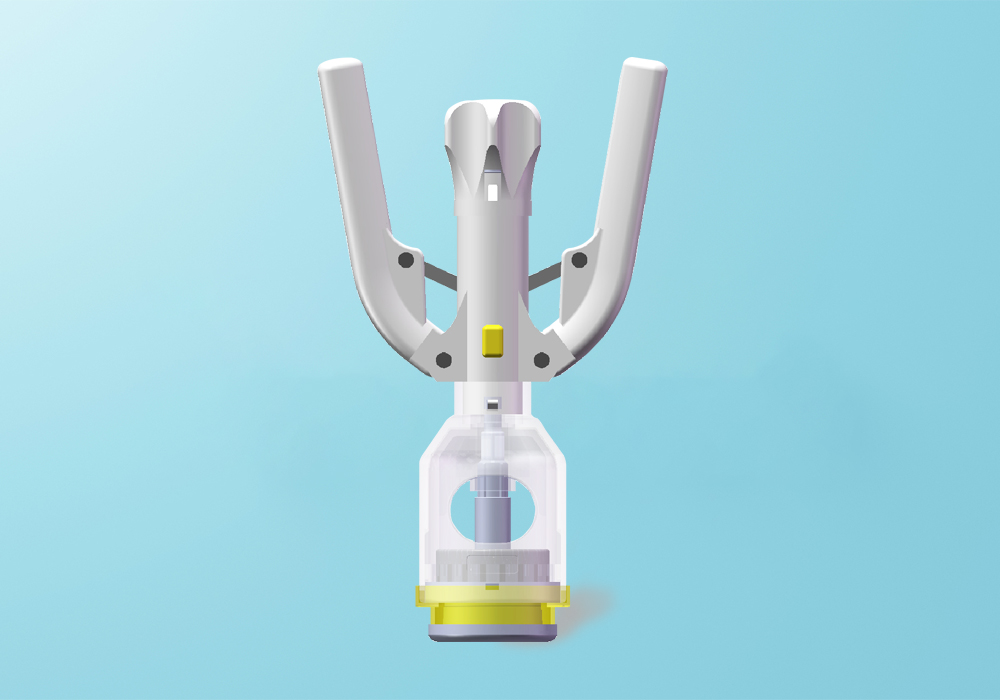
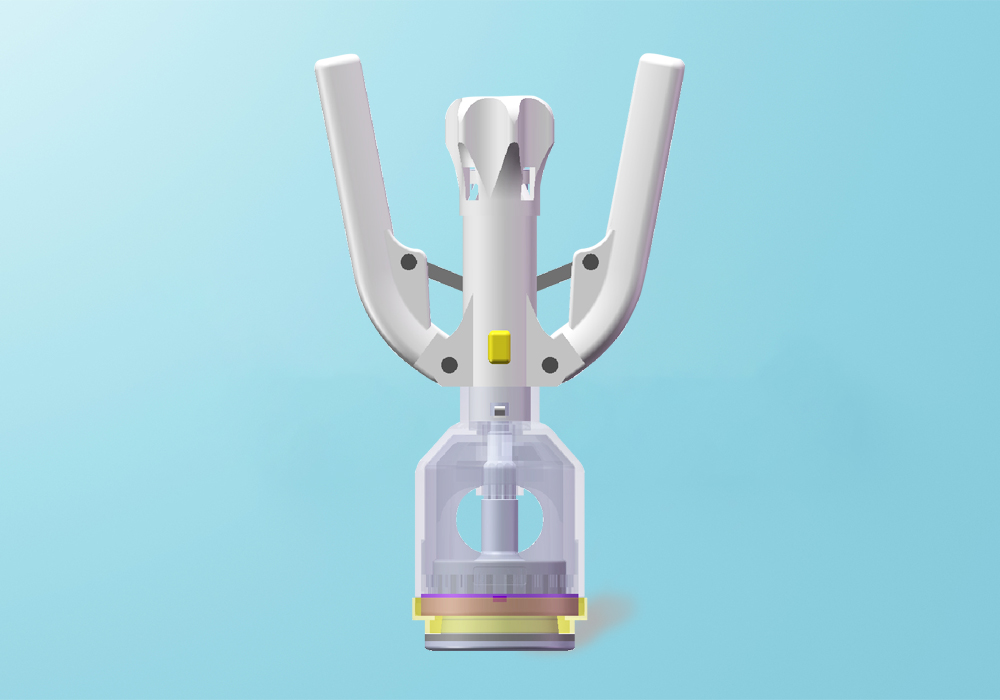

 Suzhou Weimeng Medical Equipment Co., Ltd
Suzhou Weimeng Medical Equipment Co., Ltd
 Our service hotline:0512-51316666,18915600208
Our service hotline:0512-51316666,18915600208
 Company address: Building 7, A3, No. 2 Jianye Road, Changfu Street, Changshu City, Jiangsu Province
Company address: Building 7, A3, No. 2 Jianye Road, Changfu Street, Changshu City, Jiangsu Province
 Contact email: ronghui@villmen.com
Contact email: ronghui@villmen.com

 WeChat
WeChat
 Contact
Contact
 Telephone
Telephone